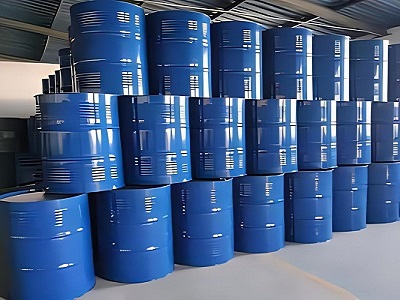

1,3-Cyclohexanebis(methylamine): a high-quality epoxy resin curing agent
1,3-Cyclohexanebis(methylamine): a high-quality epoxy resin curing agent
In many areas of modern materials science, epoxy resins are favored for their excellent adhesion, chemical stability, and electrical insulation properties. In its application process, the choice of curing agent plays a decisive role in the final performance. 1,3-Cyclohexanebis(methylamine) (hereinafter referred to as 1,3-BAC) is such a high-profile epoxy resin curing agent. With its unique molecular structure and performance advantages, it has demonstrated outstanding performance in many application scenarios. Outstanding performance.
First, let’s demystify 1,3-BAC. 1,3-BAC is an organic compound with a cyclohexane ring structure with methylamine groups attached to both ends. This structure gives it excellent reactivity and can chemically react with epoxy resin at room temperature or slightly heated conditions to quickly form a strong network structure. The formation of this structure causes the resin to change from a viscous liquid to a hard solid, thereby solidifying the material.
When discussing the advantages of 1,3-BAC as an epoxy resin curing agent, we have to mention its improvement in product performance. The exquisite molecular design of 1,3-BAC can provide a higher cross-linking density during the curing process, which means that the cured epoxy resin will have higher thermal stability and mechanical strength. For example, in some electronic packaging applications, 1,3-BAC cured epoxy resin can remain stable in environments up to 200 degrees Celsius, which is undoubtedly a huge boon for electronic products that require long-term high temperature resistance.
In addition to thermal stability, 1,3-BAC is favored by environmentalists for its low toxicity and low volatility. Some traditional epoxy resin curing agents contain volatile organic compounds (VOCs), which may be released into the environment during use, posing potential threats to human health and the environment. However, the use of 1,3-BAC greatly reduces this risk, and its low volatility ensures that almost no harmful substances are released during the curing process, thereby protecting workers' health and reducing environmental pollution.
In addition, 1,3-BAC also excels in terms of ease of operation. Its use is not complicated. It usually only needs to be mixed evenly with epoxy resin in a certain proportion and then cured under certain conditions. This simple operation process not only reduces the difficulty of production, but also shortens the production cycle and improves efficiency.
In practical applications, 1,3-BAC has an extremely wide range of applications. Whether in the electronics industry for packaging semiconductor devices, in the coatings industry for the manufacture of wear-resistant coatings, or in the construction industry for the preparation of high-strength adhesives, 1,3-BAC can provide stable And reliable performance. Its versatility and adaptability make it the material of choice for many engineers and researchers.
In the future, with the continuous advancement of science and technology and the enhancement of environmental awareness, 1,3-BAC, as a new type of environmentally friendly curing agent, will undoubtedly have a bright future. With in-depth research on its performance and applications, we have reason to believe that 1,3-BAC will play a more important role in future industrial applications and create stronger, safer, and environmentally friendly material solutions for mankind.
As a high-quality epoxy resin curing agent, 1,3-Cyclohexanebis (methylamine) occupies an irreplaceable position in the field of modern materials science with its excellent performance and environmental protection characteristics. Its story, like its chemical structure, is one of complex transformations that ultimately led to its brilliant applications in numerous industries.

